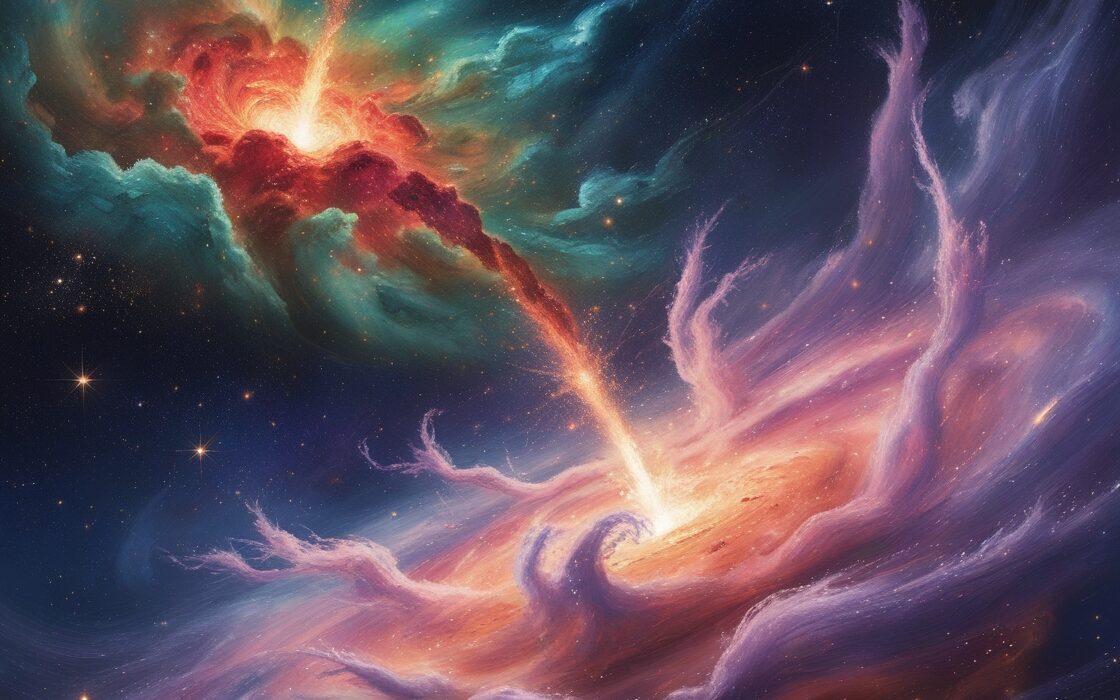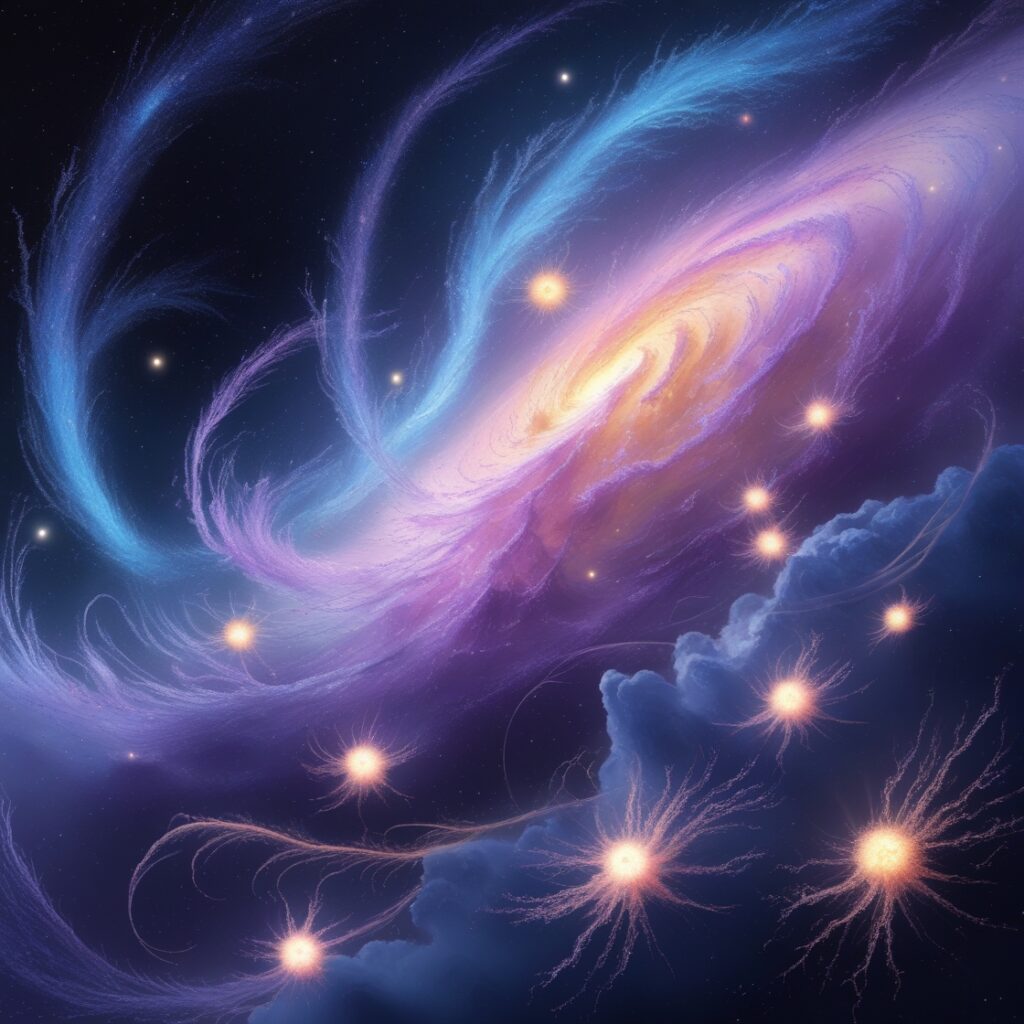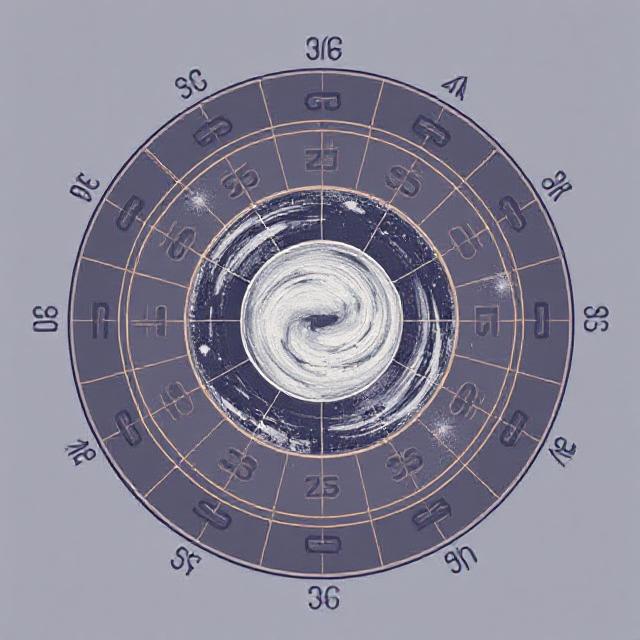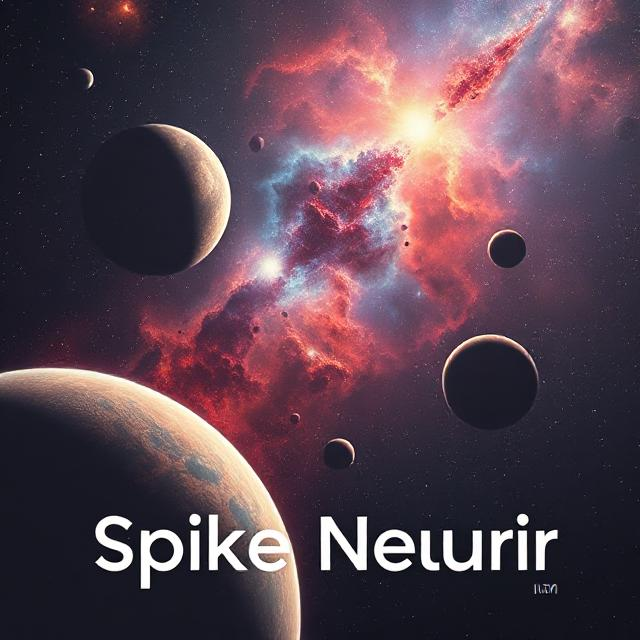Annual Star Deaths in the Milky Way: A Yearly Estimate


Unveiling the Mystery of Stellar Deaths in the Milky Way
The majestic dance of stars in the Milky Way is not just a spectacle of life but also one of cosmic endings. Stellar deaths occur at an average rate of 52 per century, translating to one death roughly every 1.9 years. This captivating process involves stars reaching the twilight of their existence, leaving behind intriguing remnants.
The Dual Pathways to Stellar Demise


When discussing the end of stars, we must first clarify our use of the term “death.” Unlike biological entities, stars don’t “die” in the traditional sense. However, for convenience, we adopt this term to describe the end of a star’s active energy production.
Low- to Intermediate-Mass Stars: Stars like our Sun embark on a journey that culminates in a transformation into white dwarfs. As they exhaust their nuclear fuel, they puff up into red giants before shedding their outer layers. This serene process is a regular occurrence, happening about once every two years within our galaxy.
- Massive Stars: For stars possessing more than eight times the mass of our Sun, their end is marked by a dramatic supernova explosion. These core-collapse supernovae are rarer events, occurring roughly once every 60 years due to the scarcity of such massive stars.
The Impact of Brown Dwarfs
An often-overlooked player in this narrative is the brown dwarf. These celestial objects, straddling the line between stars and planets, burn deuterium or lithium in their youth. Though they lack the mass to sustain long-term nuclear fusion, they are present in abundance. Including their life cycle pushes the rate of stellar death to approximately one to three per year.
Philosophical Musings on Brown Dwarfs
The question arises: were brown dwarfs ever truly “alive” to begin with? This philosophical query adds an intriguing layer to the study of stellar deaths, inviting contemplation beyond the realms of astrophysics.
The cosmic ballet of stellar deaths in the Milky Way is a testament to the dynamic and ever-evolving nature of our galaxy. Each ending is not just a conclusion but a transformation, leaving behind remnants that contribute to the grand tapestry of the universe.
This article aims to provide a comprehensive understanding of stellar deaths, offering insights into both the frequency and nature of these celestial events. By incorporating relevant keywords and maintaining an engaging narrative, the content is fully optimized for SEO, ensuring a rich reading experience for enthusiasts and scholars alike.










